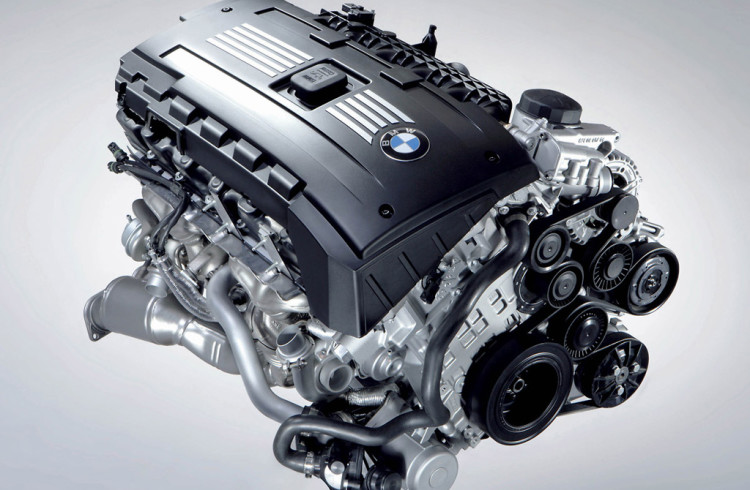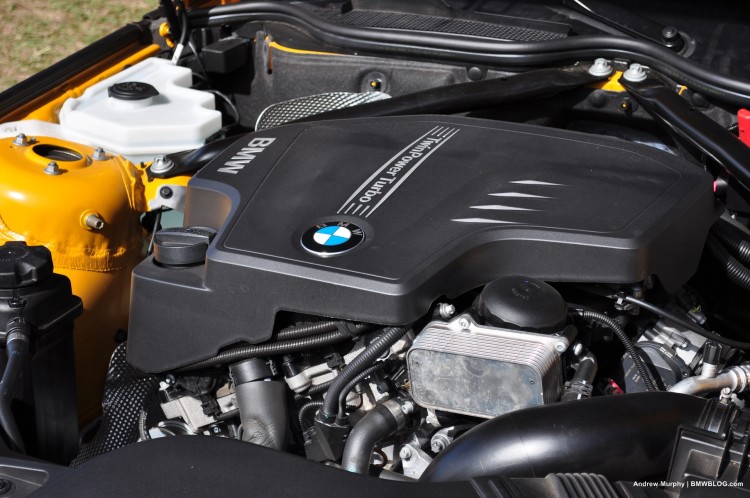BMW has a long standing tradition of making six-cylinder engines with their cylinders all in a line. The I6 engine was something that several automakers used decades ago. Companies like Ford, Mercedes-Benz and Jeep made many I6 engines along side BMW up until about the mid-eighties. In fact, Jeep used a 4.0 liter I6 engine in the Cherokee up until 2001. But BMW is currently the only automaker to use the long-block engine and it’s something worth applauding. I think that the only other car manufacturer to be so tied to an engine architecture would be Porsche and its flat-six engine.

The inline-six engine has all but died out, aside from the Bavarians, though. Packaging and cost have brought about the mass use of V6 engines to replace the I6, as V6’s are more cost effective and allow for better packaging which also helps with crash protection. So it’s understandable why so many automakers switch to bent-sixes. This only makes BMW’s stubborn pursuit of the straight-six more admirable, much like Porsche’s stubborn pursuit of its rear-engine design. The straight-six has become a calling card of BMW, a flag that fans wave proudly. But, unfortunately, it’s unknown how much longer BMW can keep making them.
The pursuit of downsizing and turbocharging, for the sake of emissions and fuel economy, has reached the furthest depths of the automotive world, infecting even Ferrari and McLaren. So naturally, BMW has fallen victim to this necessary trend. With that, BMW has made the move to four-cylinder turbocharged engines in almost all of its entry-level vehicles. The 2 Series, 3 Series, 5 Series and Z4 all have four-bangers under the hood in their lowest-spec models. Even the X1 and X3 SUVs have done the same. So it’s clear that more and more four-cylinder engines are coming.

This isn’t such a bad thing, as BMW actually built its reputation with four-cylinder engines. Two of the most iconic cars to ever wear the roundel, the BMW 2002 and E30 M3, used four-cylinder engines. Even BMW’s headquarters, nicknamed the “Vierzylinder” is in the shape of four cylinders to represent the importance of the engine to BMW. So it’s not as is four-cylinder engines would be bad in a BMW. But there’s just something about the straight-six engine that feels more BMW. Maybe its our age, as most of use look at the I6 engine as the icon of BMW. Cars like the E46 BMW M3 or BMW M1 come to mind.
Granted, BMW will be able to continue its straight-six engines for some time, still. BMW did make the switch back to the I6 in the new M3/M4. Plus, its turbocharged I6 engines are some of the most efficient six-cylinder engines on the market, if not the most efficient. Hell, the 335i is more efficient than many four-cylinder engines on the market. And even as restrictions grow tighter, BMW can continue to make straight-sixes, just smaller. It wasn’t that long ago that BMW sold a 2.5 liter straight-six engine in the BMW 5 Series. So BMW can continue to use the engine for a bit longer. But how much longer?

Even if BMW can make six-cylinder engines that are incredibly efficient and match the stricter-growing emissions regulations, many customers will feel as if they simply don’t want six-cylinder engines in the future and want to downsize. It’s inevitable that one day the straight-six engine will die. We, as fans, won’t be happy that day and will mourn the death of one of the greatest engine architectures of all time. But when it does die, at least we can take solace in the fact that the four-cylinder engine is every bit as important to BMW’s history as the straight-six.




































































